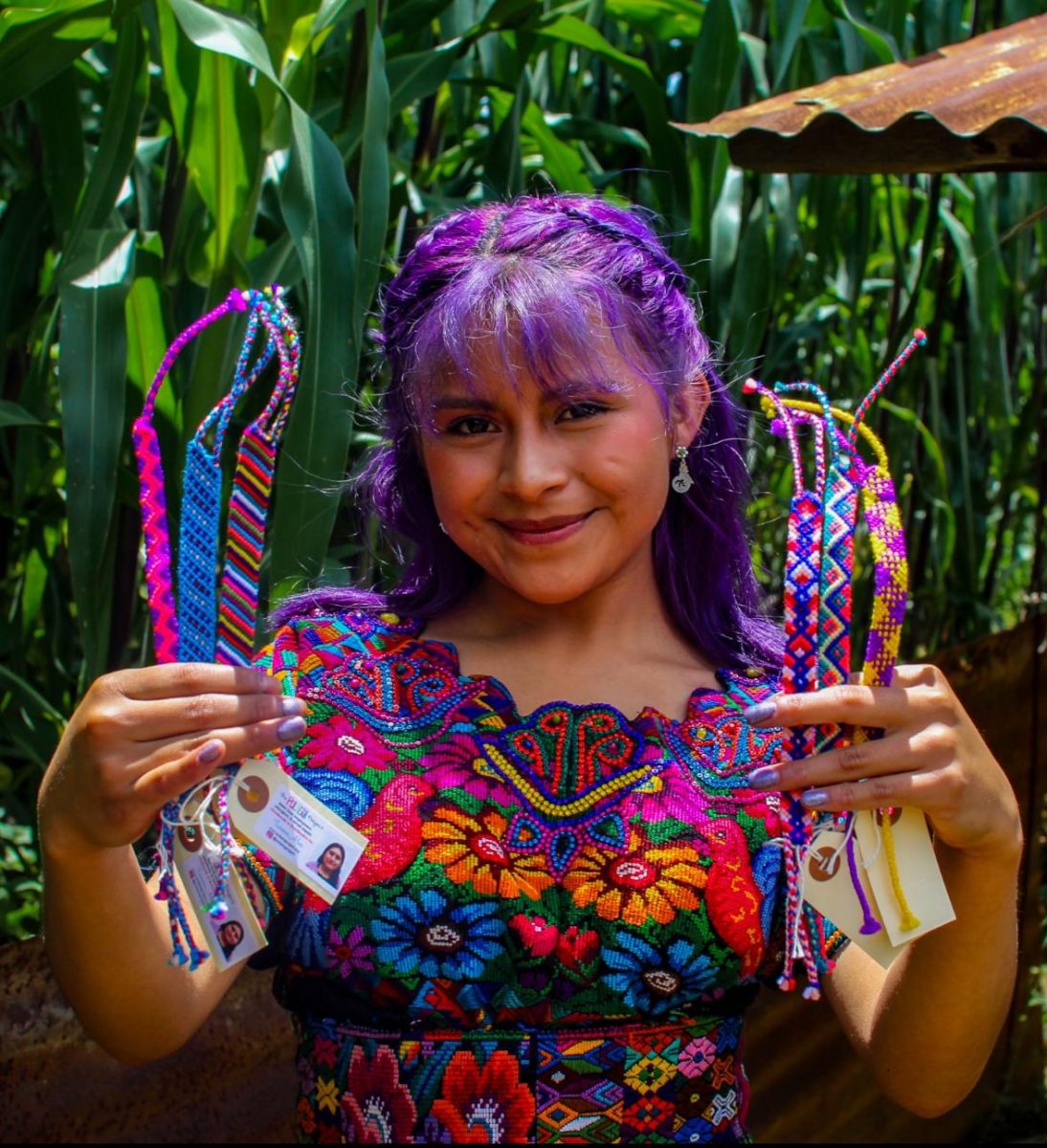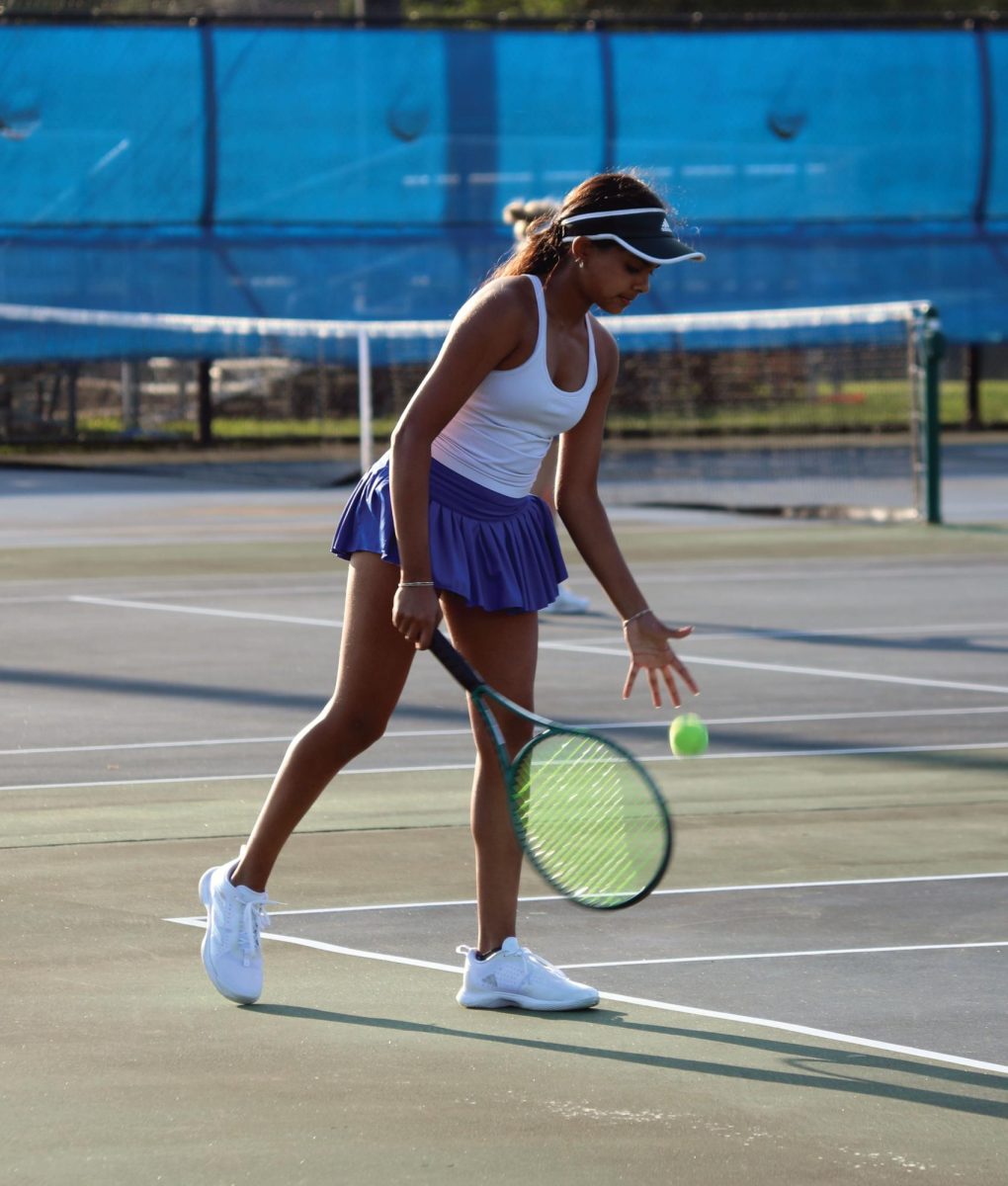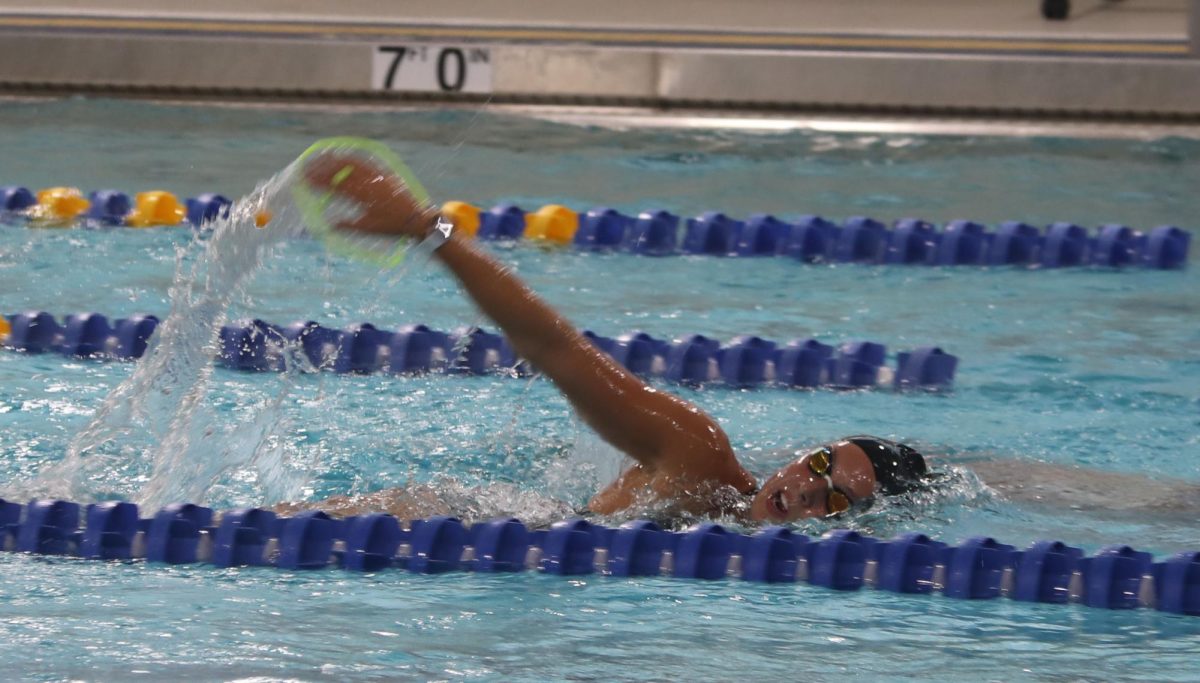From 2018 to 2024, LT’s population of students whose first language isn’t English jumped from 1.9% of the student body to 6.0%. To accommodate the increase in non-native English speaking students, the administration and Language Arts Department serve multi-language learners with programs and classes that build their academic content knowledge and overall English proficiency.
“[The English Department has] to serve the needs of the kids that are in front of us. We want to make sure that everyone can have access to a full high school curriculum and not have language be that barrier,” Language Arts Division Chair Karen Raino said. “[The Department is] committed [to helping these students] not only by the law but because it’s the right thing to do to help support students as they acquire English.”
Students who are acquiring English are placed into multilingual classes that cover the material required for graduation in English and in Spanish, Raino said. These classes involve a bilingual specialist teacher and a content area teacher who teach in the classroom together.
As instruction is being taught in English, it’s also being taught in Spanish for Spanish-speaking students. The bilingual specialist also does translations of documents and helps students use translation tools if they speak other languages other than Spanish or English.
“You don’t want to have students having language be the barrier to demonstrate how much they know,” Raino said. “A lot of kids come from other countries and have varied educational experiences. We wouldn’t want language to be the reason they can’t be successful in any class.”
The district’s fully bilingual program was established in the 2023-2024 school year, Bilingual Coordinator Julie Jacobo said. The curriculum is aligned with state standards and mirrors the rigor and expectations of monolingual English classes, with the added layer of developing proficiency in the second language using assignments like collaborative projects, reading comprehension, and writing tasks that integrate language skills with core subjects.
“Multilingual students speak two, three, or sometimes more languages,” Jacobo said. “Multilingualism is a valuable asset that many seek; it brings cultural and linguistic diversity to the learning environment. By honoring the linguistic and cultural identities of students in the early stages of language acquisition, we ensure every student is given equitable access to education, which includes opportunities to succeed academically and feel valued in their learning community.”




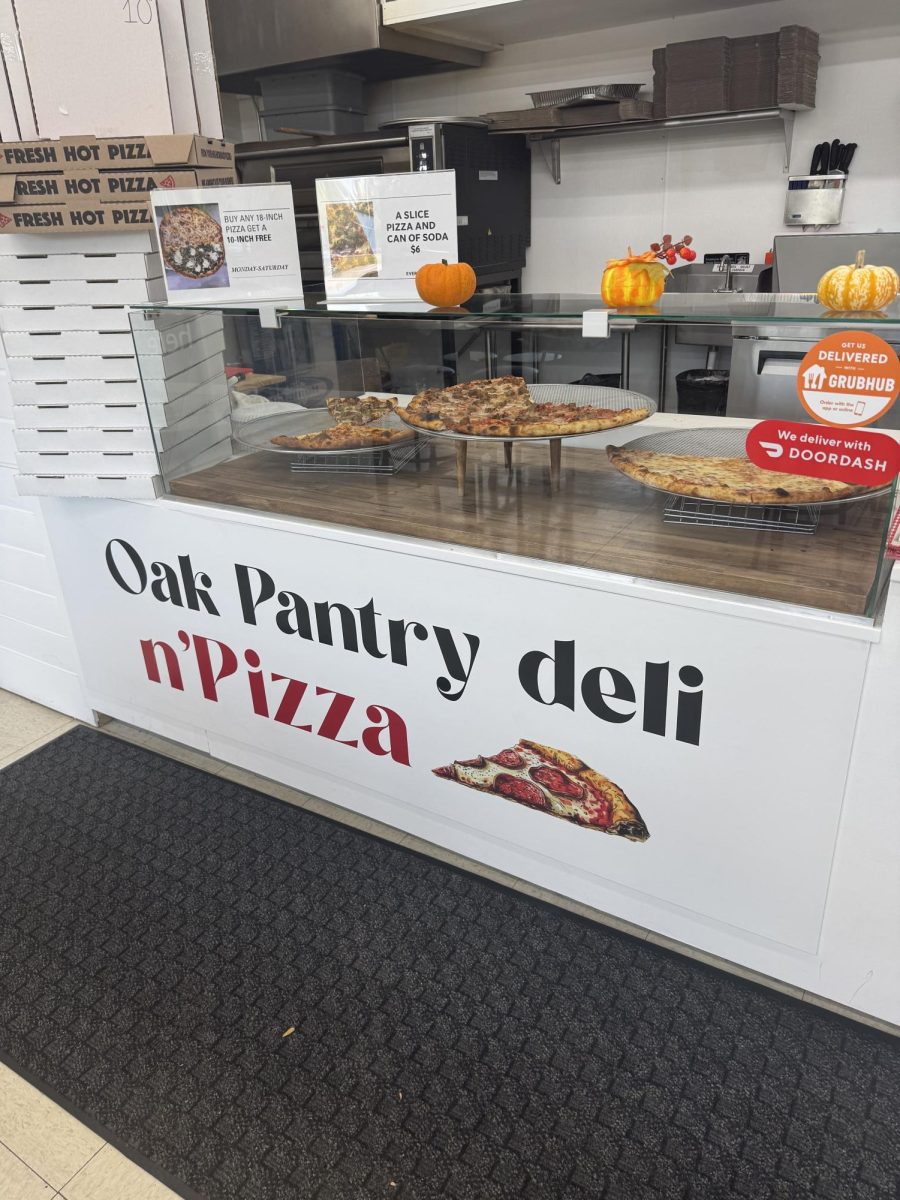

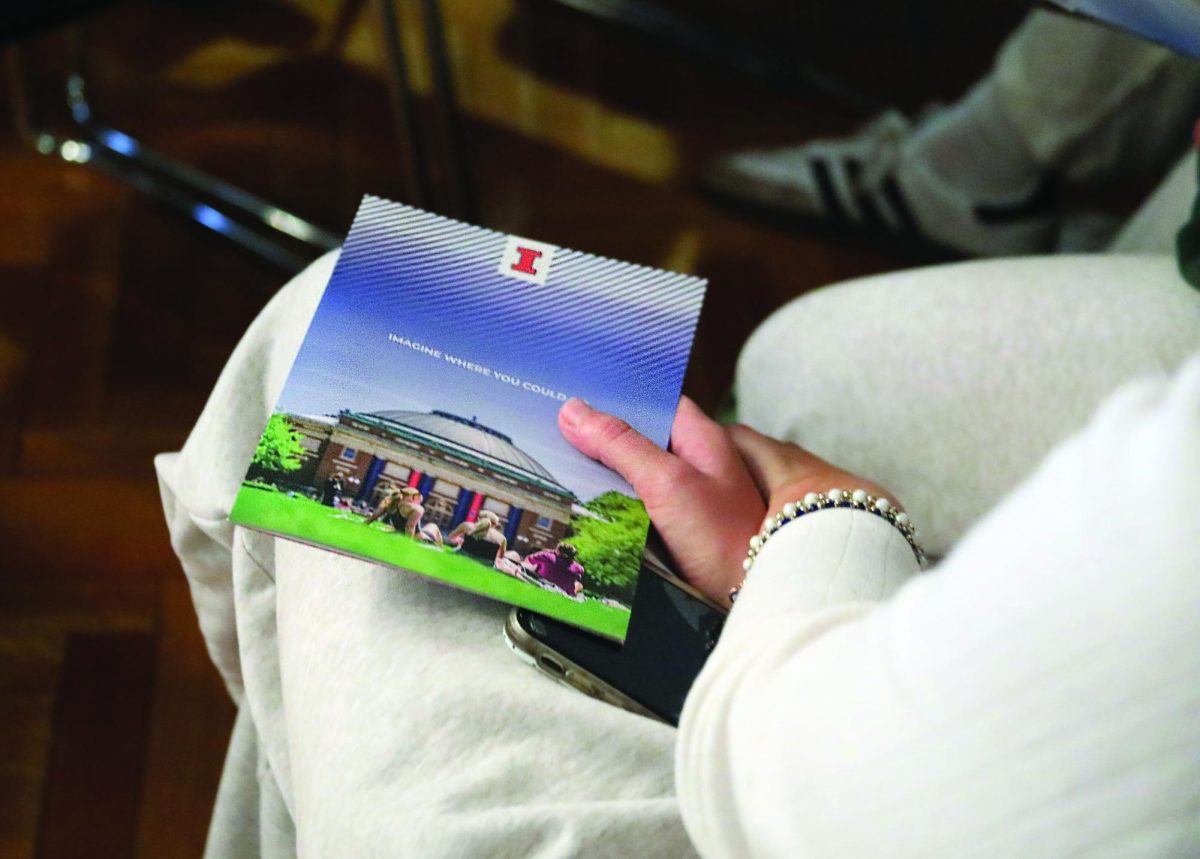
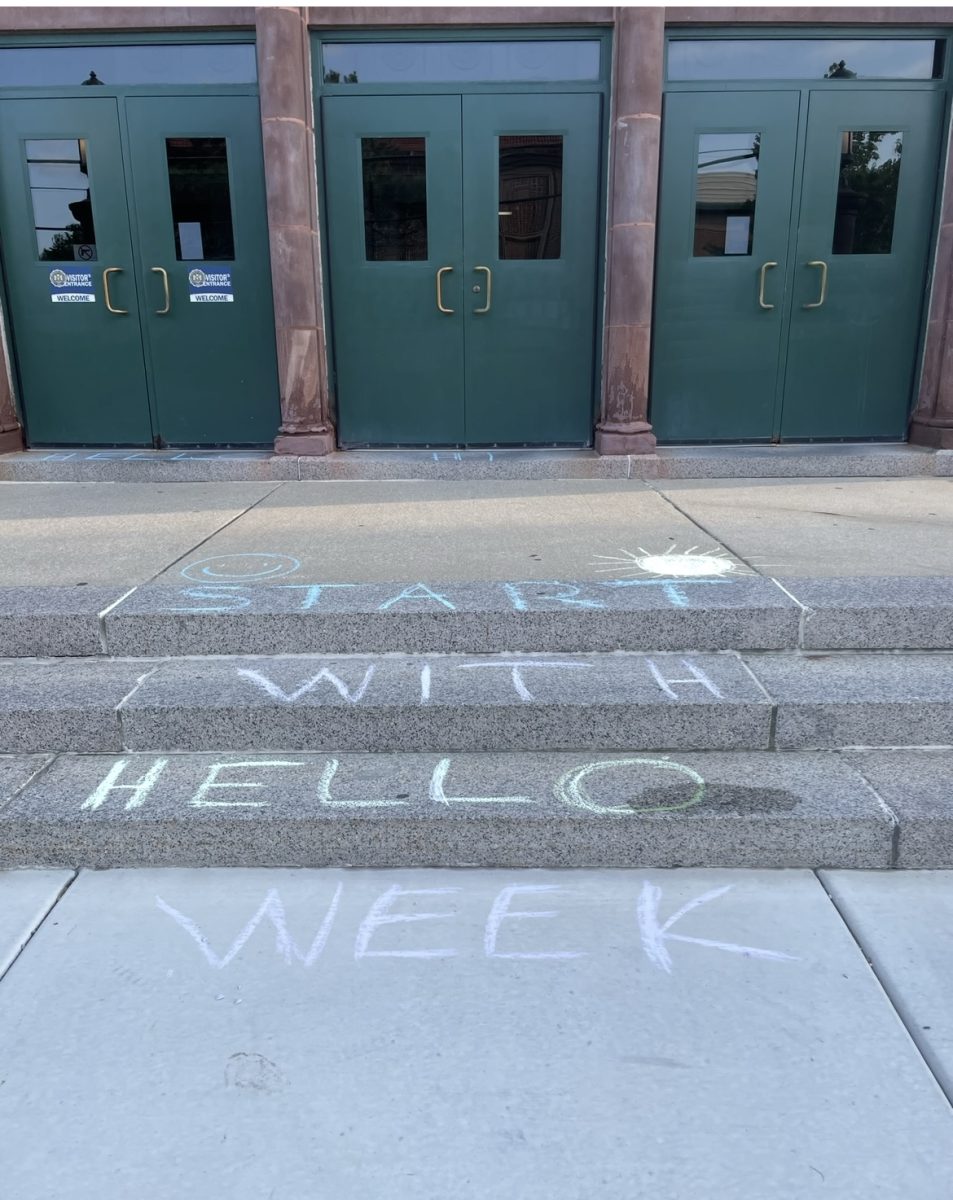

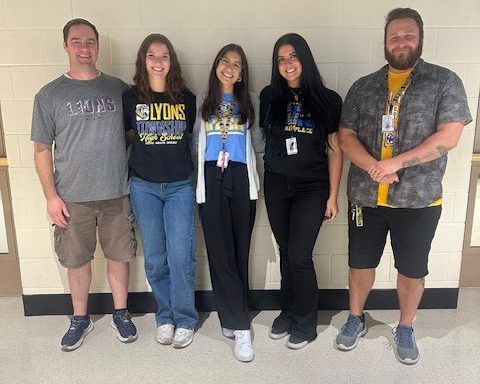

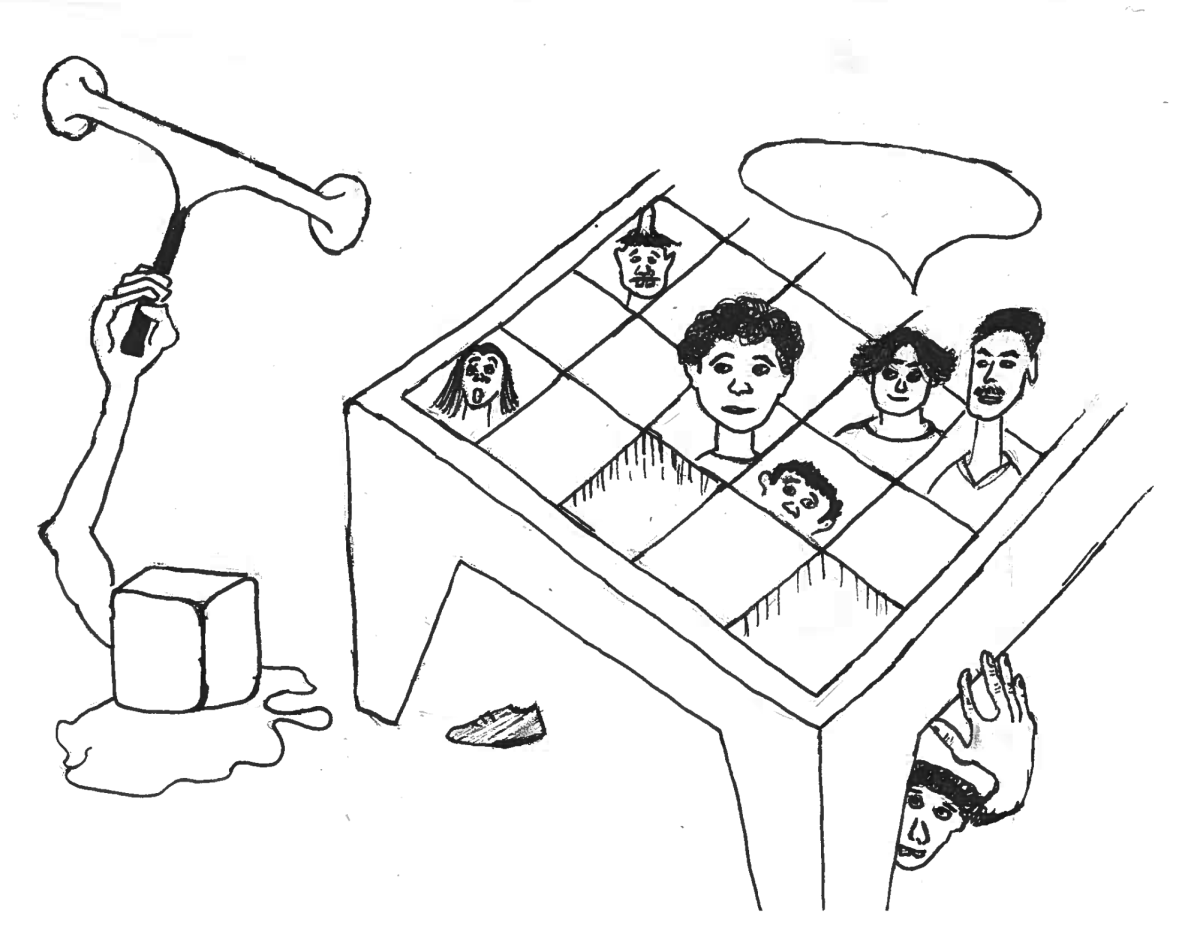

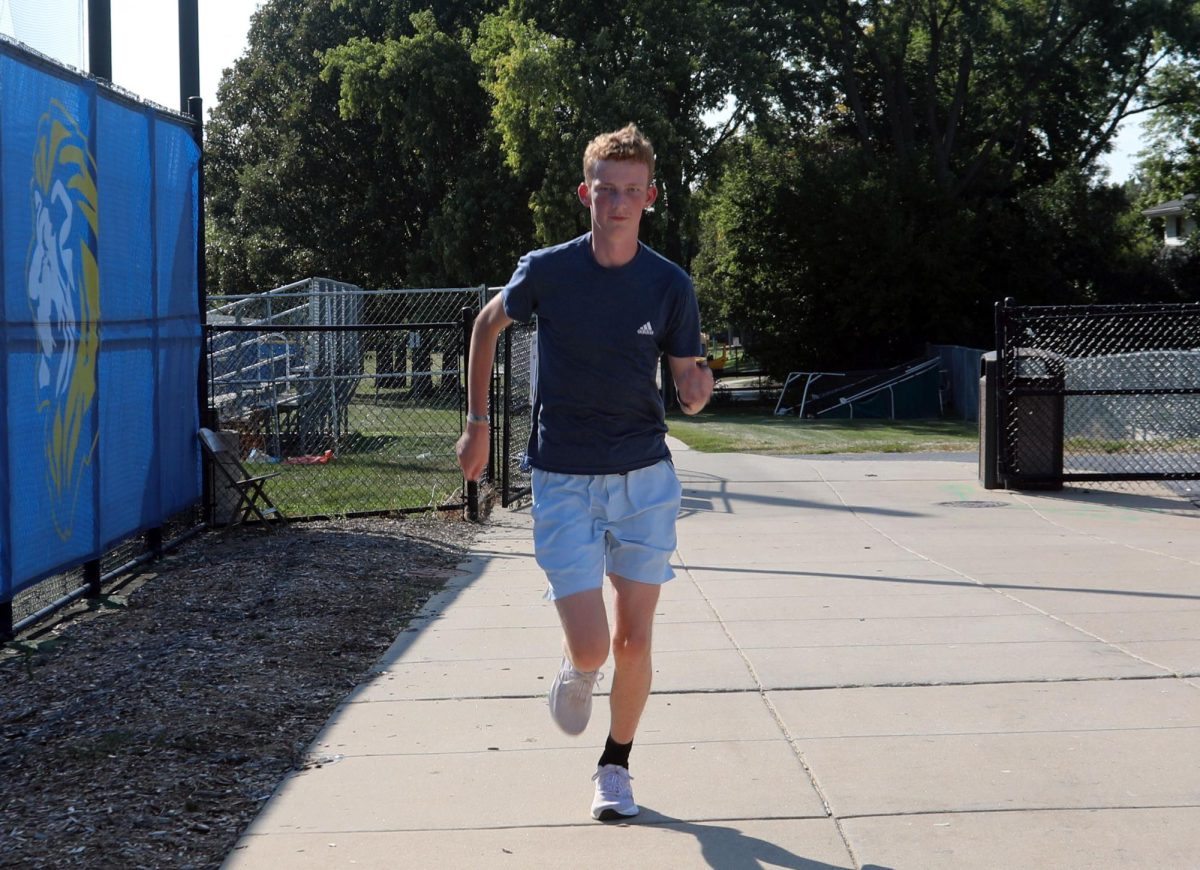

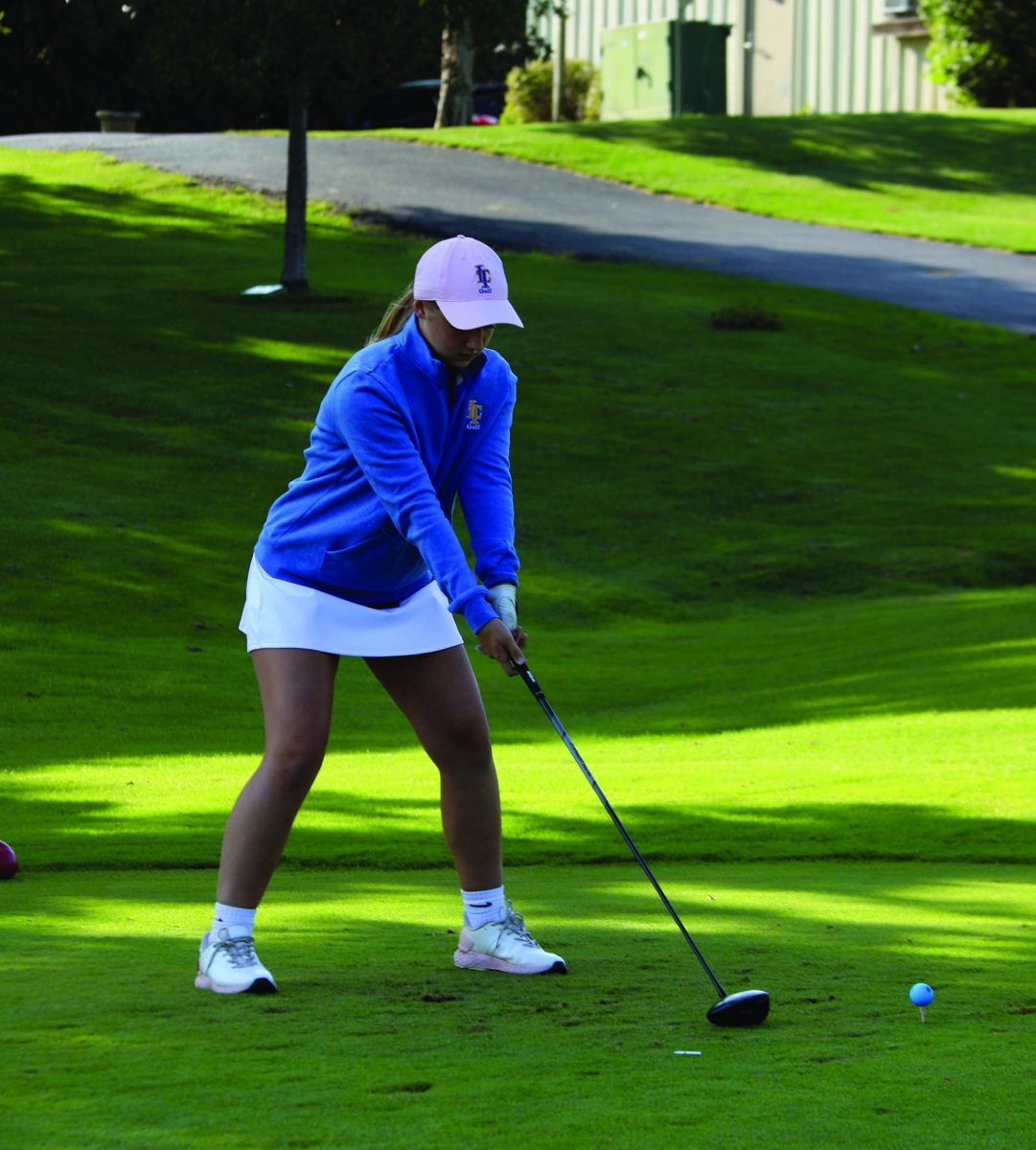





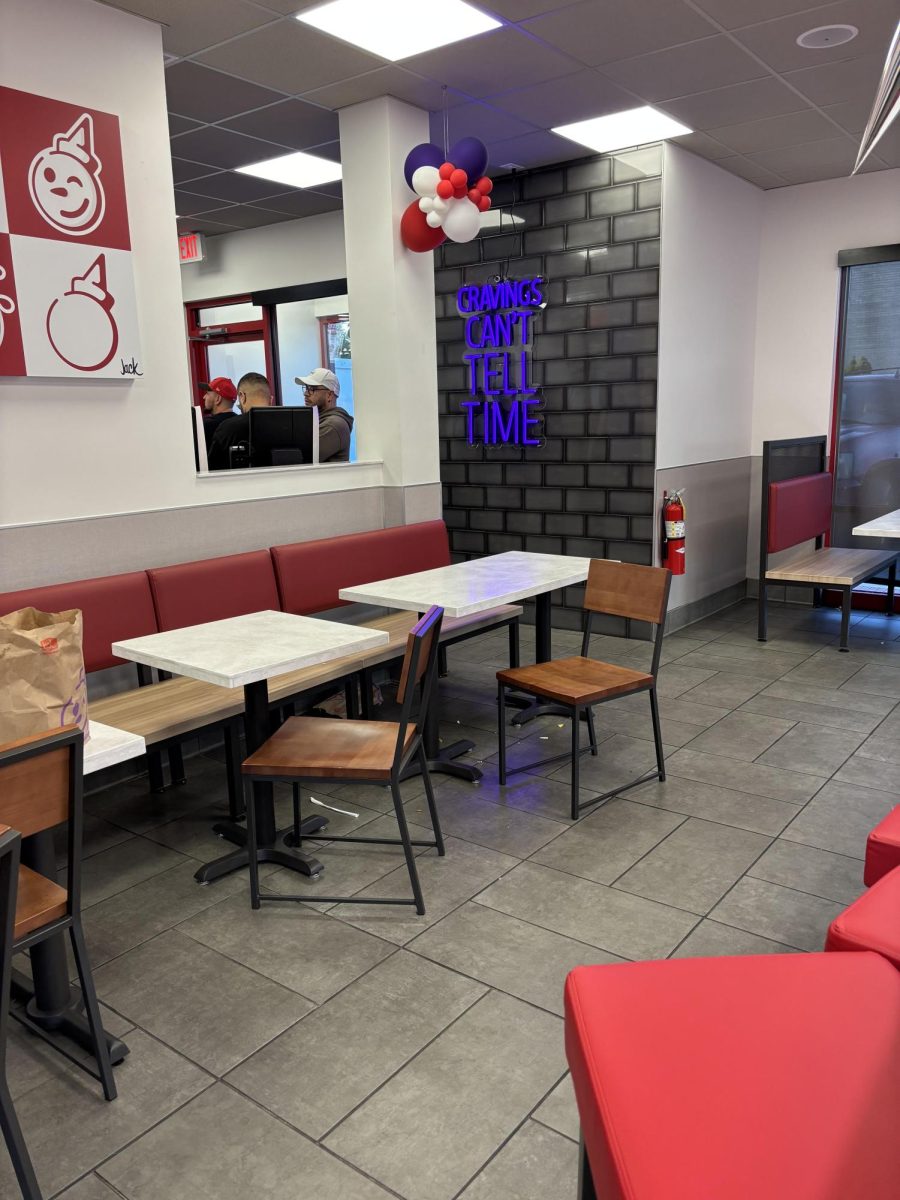


![Movie poster for '[Rec]" (2007).](https://www.lionnewspaper.com/wp-content/uploads/2023/04/rec-640x900.jpg)

